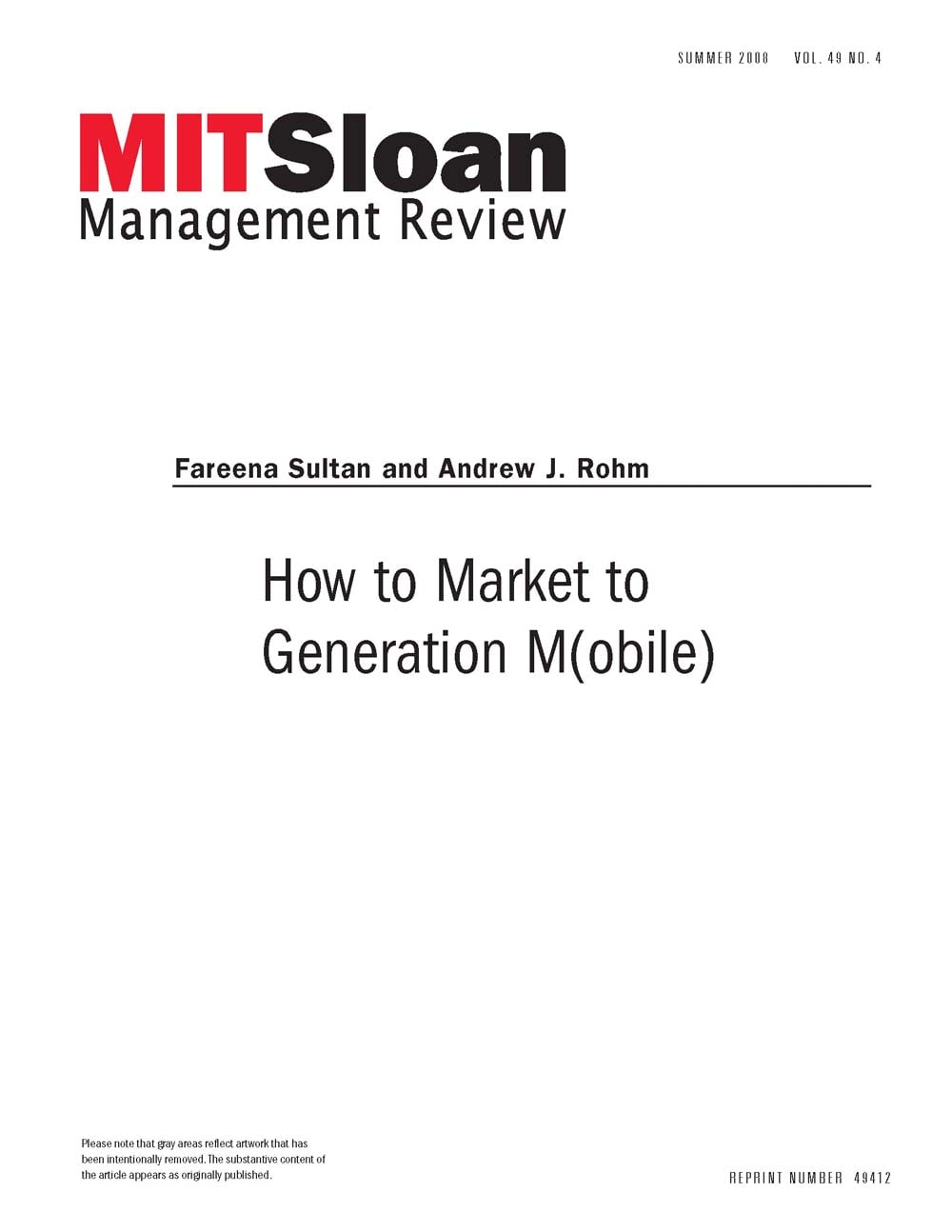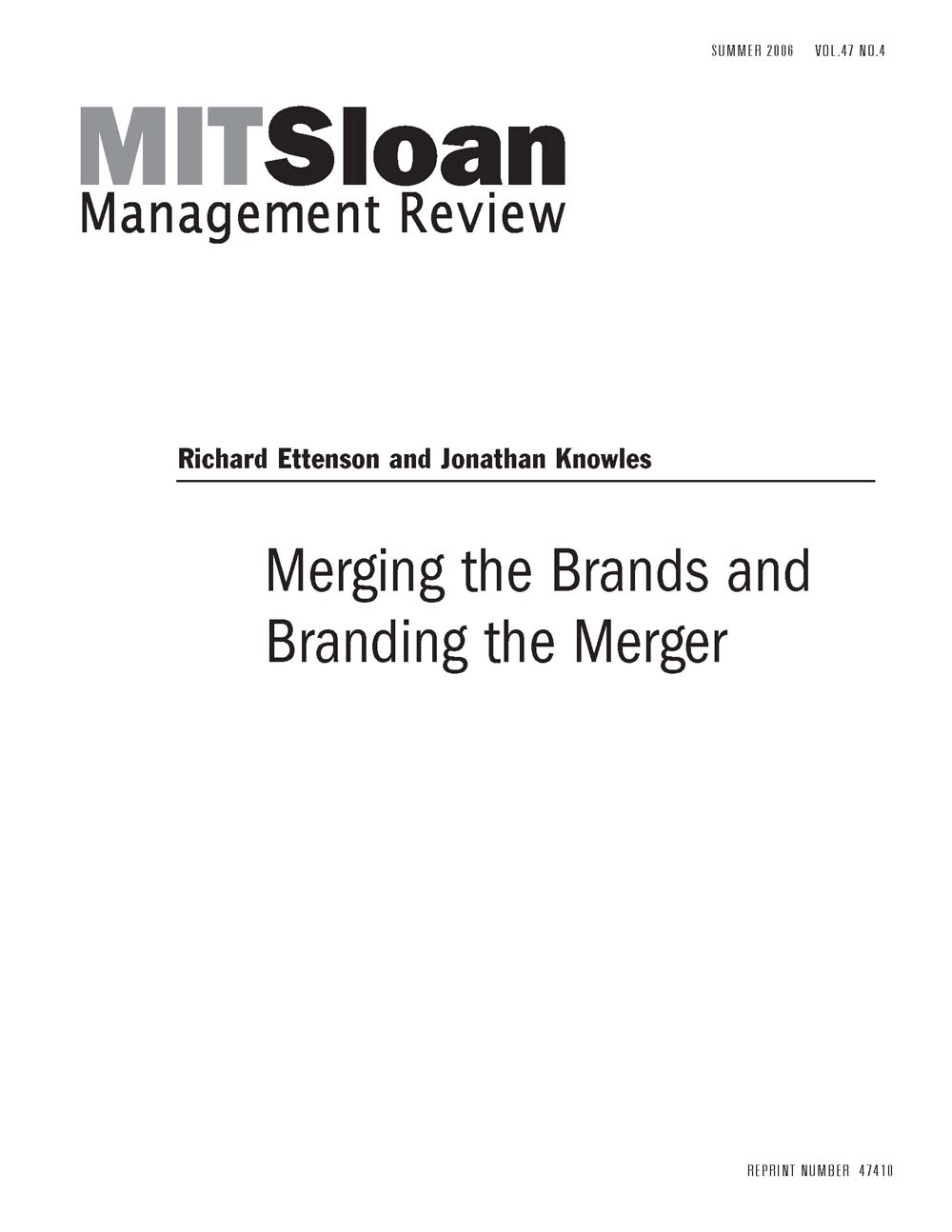
How to Market to Generation M(obile)
For many teenagers and young adults, cell phones, personal digital assistants and other handheld devices have become a necessity of everyday life. That fact has not escaped the attention of companies that have had great difficulty reaching young consumers through traditional marketing approaches. In theory, the mobile platform provides the perfect mechanism for reaching young consumers. A large retailer might, for example, send a group of teenagers who are at a shopping mall various electronic coupons on their phones to promote special discounts.
Many global corporations, including Burger King, MTV, Procter & Gamble and Ford, have initiated programs that enable consumers to search for the nearest restaurant location using their cell phones, receive electronic coupons or participate in other mobile marketing activities. Such campaigns have generated click-through rates up to 10 times those of traditional Internet banner ads, and recent forecasts for global mobile marketing spending range from $9 billion to $19 billion by 2011. That said, several brands, including Budweiser, ESPN, Sprite and adidas, have launched mobile marketing efforts only to see some successes amidst an equal number of disappointments.
To investigate what truly influences whether young consumers will participate in mobile marketing activities, the authors recently conducted a survey in the United States and Pakistan. The study looked at the relative importance of a number of factors, including consumers' personal attachment to their cell phones, their concerns for privacy and their willingness to "opt in" and accept permission-based marketing. An analysis of the results uncovered important insights in consumer behavior. For instance, people who are personally attached to their cell phones are neither more nor less inclined to participate in mobile marketing activities. And the data also revealed differences between markets: In general, young Pakistanis are more amenable to receiving -- and even may desire -- mobile marketing communications, whereas their American counterparts' willingness depends on a greater number of factors. Such results hold a number of important implications for companies developing mobile advertising campaigns across global markets.
Many global corporations, including Burger King, MTV, Procter & Gamble and Ford, have initiated programs that enable consumers to search for the nearest restaurant location using their cell phones, receive electronic coupons or participate in other mobile marketing activities. Such campaigns have generated click-through rates up to 10 times those of traditional Internet banner ads, and recent forecasts for global mobile marketing spending range from $9 billion to $19 billion by 2011. That said, several brands, including Budweiser, ESPN, Sprite and adidas, have launched mobile marketing efforts only to see some successes amidst an equal number of disappointments.
To investigate what truly influences whether young consumers will participate in mobile marketing activities, the authors recently conducted a survey in the United States and Pakistan. The study looked at the relative importance of a number of factors, including consumers' personal attachment to their cell phones, their concerns for privacy and their willingness to "opt in" and accept permission-based marketing. An analysis of the results uncovered important insights in consumer behavior. For instance, people who are personally attached to their cell phones are neither more nor less inclined to participate in mobile marketing activities. And the data also revealed differences between markets: In general, young Pakistanis are more amenable to receiving -- and even may desire -- mobile marketing communications, whereas their American counterparts' willingness depends on a greater number of factors. Such results hold a number of important implications for companies developing mobile advertising campaigns across global markets.




